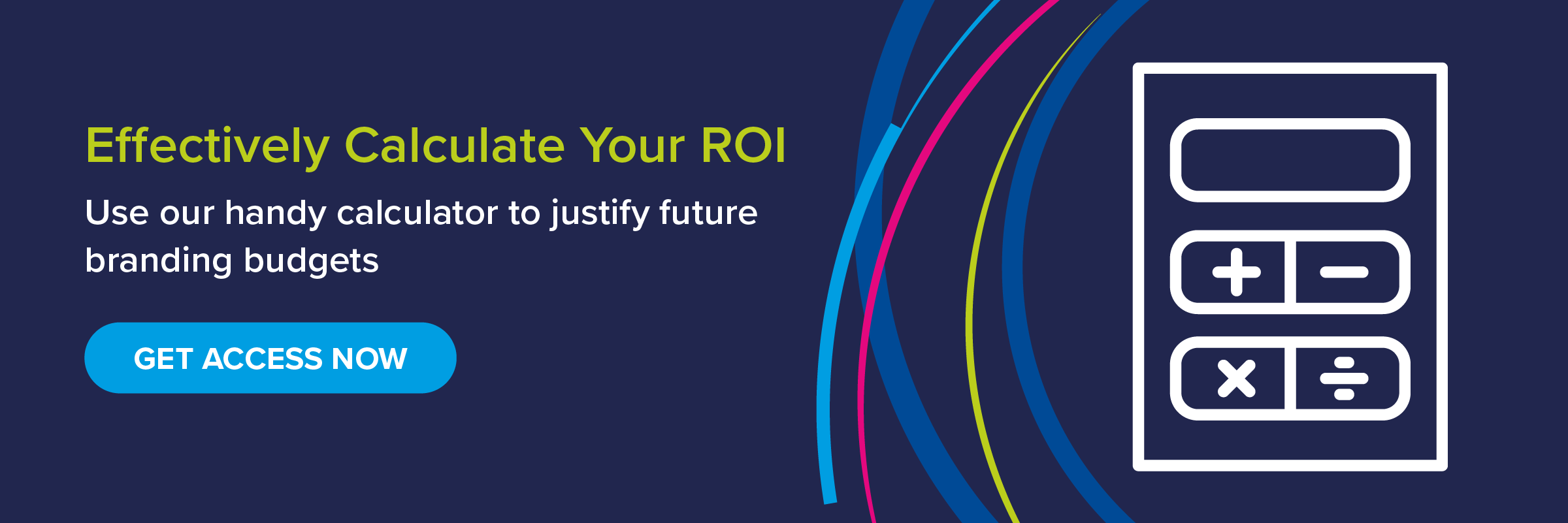We live in an increasingly digital world where customers expect brands to anticipate and meet their needs in real-time. A Walker study found that by the end of 2020, customer experience will overtake price and product as the key brand differentiator. When executed well, a strong customer engagement strategy fosters brand growth and loyalty.

- What Is a Customer Engagement Strategy and Why Is It Important?
- The Stats Behind the Strategy
- What Does the Strategy Need to Include?
What Is a Customer Engagement Strategy and Why Is It Important?

Giving customers value goes beyond a simple transactional relationship. Competition has moved past price. Sure, your product might be exceptional but a great customer service strategy is what sets your business apart.
The engagement of your customers requires both an emotional connection with your business and easy, frictionless ways to interact with your brand. Customer engagement strategies aim to involve them in the evolution of your brand to the point of them becoming advocates. Loyalty and engagement are intimately intertwined.
Customers interact with brands across multiple channels.
A prospect comes across your brand’s advertisement on Facebook. They like your offering and how you present it. Next, they decide to visit your website for more information. Here, while they look around, your chatbot initiates a conversation to help them understand your product better. They’re convinced and swiftly add the item to the basket (or sign up for a free demo if you’re selling a service).
These steps show the engagement on various levels. It begins the very moment a customer takes action, perhaps having a conversation with your team or signing up for an email newsletter. Are you providing a consistent online and offline experience across all channels?
The Stats Behind the Strategy

HubSpot’s ‘State of Customer Service in 2019’ reported that 89% of customer service professionals agree customers are more likely to share positive or negative experiences now than ever before.
So if you’re not already improving your customer engagement strategy, here are some stats to change your mind.
- When Econsultancy and Adobe conducted their Annual Digital Trends report, they asked B2B companies what the single most exciting opportunity for 2020 was. The result? Customer experience.
- A spectacular 86% of buyers are willing to pay more for a great customer experience.
- Gladly’s ‘Customer Expectations 2019′ report found consistency is key to an effective customer engagement strategy. 62% of consumers in a survey said it’s very important to not have to repeat previous interactions.
- Customer engagement also influences impulse purchasing. In fact, 49% of buyers have made on-the-spot purchases after receiving a more personalised experience.
- Loyal customers that support a brand over time spend 67% more than new customers.
So, it’s clear that high-quality customer engagement is now an expectation for consumers - but how do you get started?
What Does the Strategy Need to Include?

Engagement is an important business metric - it’s not always easy to measure but it should never be ignored. Despite recognising the importance of it, some brands still lack a coherent strategy.
Follow these steps to create effective engagement:
- Define your customer journey: Know who your customers are and where they come from so you know who you’re creating the strategy for.
- Identify points of interaction: How your customers interact with your brand helps identify potential customer engagement platforms.
- Observe their behaviour in real-time: Intelligent analytics help you better understand and fulfil your customers’ requirements.
- Offer personalised service: Personalisation addresses current customer demands, making them feel as if this campaign has been created with specifically them in mind.
- Observe how many prospects take action: Creating customised offers prompts action from your customers. Measure how many take that action to determine the success of your strategy.
- Take into account how many of the engaged users bounced off without taking action: Bounce rate tells you a lot about your customer service and the experience your customer engagement platforms offer. A high bounce rate might mean you need to optimise or A/B test to find that special something which keeps them on the page.
- Request feedback: Feedback is underrated. Regular NPS surveys and social media polls help you understand customers’ expectations. Send a short inquiry to churned customers. Find out what went wrong and try to entice them back with some inspiring brand engagement ploys.
Customer engagement isn’t just something you should look to implement in the future, it should shape your campaigns and business decisions now. However, you want to know you have the finances to facilitate fantastic customer engagement activations and the growth that comes with it.
Use Our Campaign Budget Calculator to Increase Customer Engagement in the Future
You want to measure the results from your customer engagement campaign - easily. It’s not always simple to see how figures like website traffic translate to ROI, so you can use our handy little budget calculator to justify future branding budgets.
It’s easy to use and gives you clear figures to take away. Try it out using the link below.

